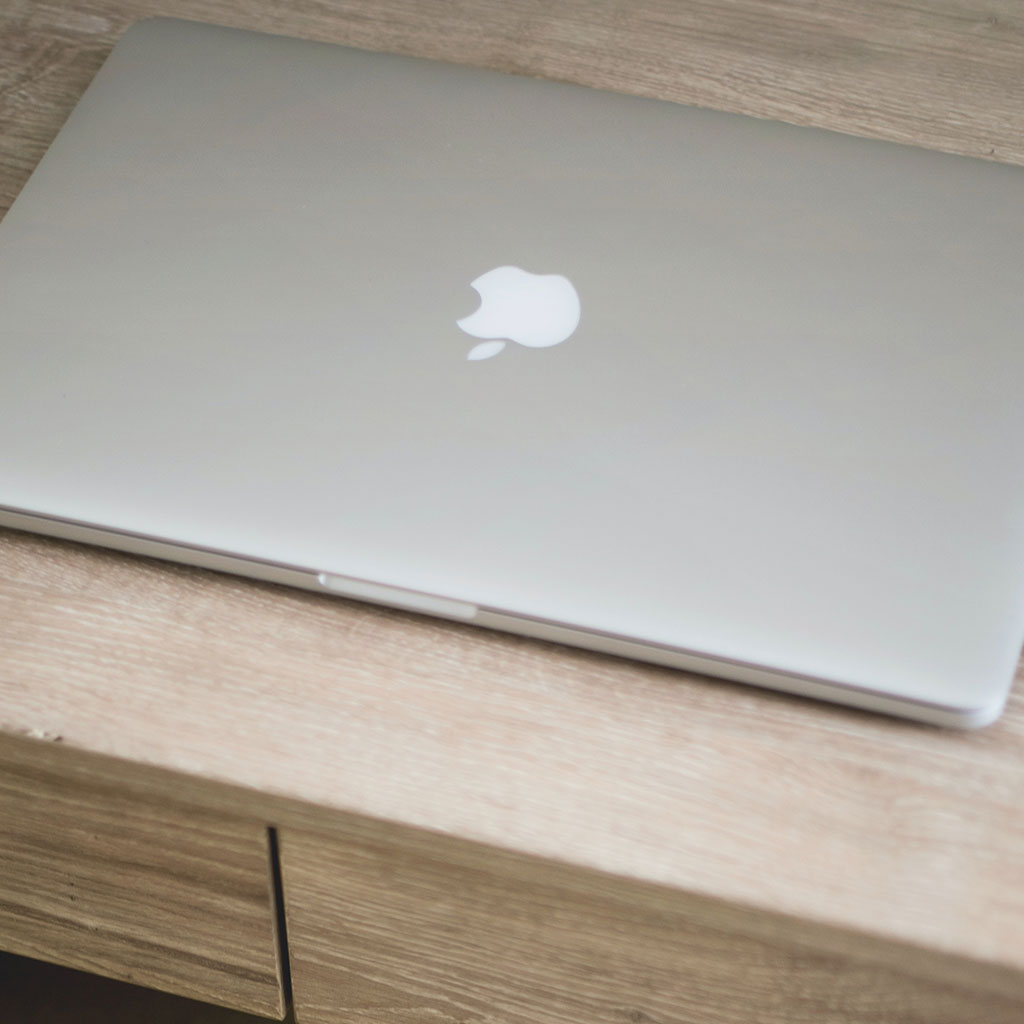How to reset a MacBook Pro 2018?
How to reset a MacBook Pro 2018?
Resetting a MacBook Pro 2018 involves various methods to restore it to factory settings or address specific issues. Explore step-by-step instructions to perform a reset on your MacBook Pro for improved performance or troubleshooting purposes.
Discover the ultimate guide to resetting your MacBook Pro 2018 like a pro!
Resetting a MacBook Pro 2018 can serve various purposes, from troubleshooting issues to preparing it for sale. Here’s a detailed guide on different reset options:
- Resetting the PRAM/NVRAM:
- Start by shutting down your MacBook Pro.
- Turn it on and immediately press and hold the Option + Command + P + R ( ⌥ + ⌘ + P ) keys for about 20 seconds until you hear the startup sound for the second time.
- Release the keys, and your PRAM/NVRAM has been reset, potentially resolving issues related to display settings, sound volume, and more.
- Resetting the SMC (System Management Controller):
- Shut down your MacBook Pro and ensure it’s connected to a power source.
- Press and hold the Shift + Control + Option keys on the left side of the keyboard and the power button simultaneously for 10 seconds.
- Release all keys and the power button, then turn on your MacBook Pro normally. SMC reset helps with power-related problems, such as battery issues or fans running at high speed.
- Reinstall macOS via Recovery Mode:
- Shut down your MacBook Pro and then turn it on, holding down Command + R ( ⌘ + R ) until the Apple logo appears to enter Recovery Mode.
- Choose “Reinstall macOS” from the Utilities window and follow the on-screen instructions to reinstall the operating system. This action erases your data, so ensure you’ve backed up your files beforehand.
- Factory Reset:
- To perform a complete wipe and restore your MacBook Pro to its factory settings, restart it while holding Command + R ( ⌘ + R ) to enter Recovery Mode.
- Select “Disk Utility” > “Continue” > choose your startup disk, then click “Erase” and follow the prompts.
- After erasing the disk, choose “Reinstall macOS” to reinstall the operating system and set up your MacBook Pro as a new device.
- Clearing User Data for Sale:
- If you’re preparing to sell your MacBook Pro, sign out of iCloud, iTunes, and iMessage to disassociate your account.
- Enter Recovery Mode and use Disk Utility to erase the startup disk.
- Reinstall macOS as detailed earlier to provide a clean system for the new user.
Always ensure you’ve backed up essential data before performing any reset to avoid losing important files. These methods can help resolve various software-related issues or prepare your MacBook Pro 2018 for a fresh start.
What impact does a factory reset have on the MacBook Pro, and what settings or data are retained or erased?
Performing a factory reset on a MacBook Pro has a significant impact as it essentially wipes the device and reinstates it to its original factory state. This process erases all user-installed applications, user-generated data, and user settings. It essentially returns the MacBook Pro to the condition it was in when it was first purchased, removing any modifications or changes made by the user. During this reset process, personal files such as documents, photos, music, and videos stored on the internal drive are permanently erased. However, if the user has backed up this data to an external drive or another location, it can be restored after the reset is complete. Additionally, system-level settings, configurations, and applications that came pre-installed with macOS are restored to their default state.
It’s important to note that a factory reset does not affect the firmware or hardware of the MacBook Pro. The hardware components remain unchanged, and any hardware issues persist after the reset. Moreover, system-level updates and changes made to the operating system are reverted to the initial state, returning the MacBook Pro to its original macOS version. This reset also eradicates any network settings or internet configurations previously set up. After the factory reset, users need to go through the initial setup process again, including establishing a Wi-Fi connection, signing in with an Apple ID, and customizing preferences. This process is similar to the MacBook Pro’s initial setup out of the box and may involve reconfiguring power management settings, adjusting the menu bar preferences, and performing troubleshooting processes if needed. If the reset is performed using a bootable drive, it wipes the internal drive and reinstalls the macOS version present on the bootable drive.





You must be logged in to post a comment.